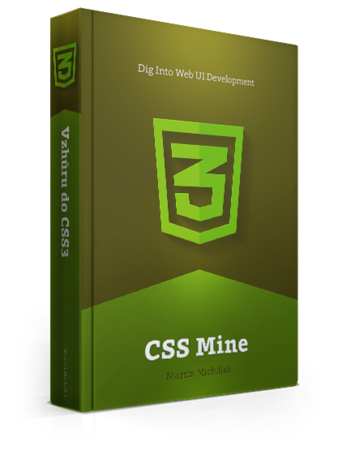Can you imagine coding newsletters without using the <table> tag and inline CSS styles? Or using modern CSS3 technologies? Or using SVG’s? Sci-Fi!
Well, my friends, it is possible. It’s not always easy and straightforward and you also have to do at least one thing: go to see Mark Robbins’s lecture at this year’s WebExpo Prague. Mark spends a lot of time thinking about how to trick email clients using progressive enhancement techniques and how to shed some light onto the dark age of newsletter coding. The following interview is also an invitation to Mark’s lecture. And I bet I know where I will see you on September 23rd.
Hi, Mark! The first thought that came to my mind when I was going through your work was: I don’t believe it! :) It has been a long time since I coded the last newsletter template, but I remember people still use a lot of old-school clients such as Outlook or Gmail’s web version. And at the same time, you talk about interactivity, shops in newsletters, latest CSS3… What’s the trick? Could you sum it up in one thought?
Really it’s all about targeting the email clients where it works and adding a fallback for where it doesn’t. These things I talk about won’t work in Outlook and some won’t work in Gmail either but the vast majority of users will see them.
From a web point of view it’s like writing code for the latest version of Chrome while also considering that 6% of your visitors are using Netscape 4.

